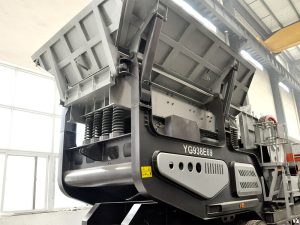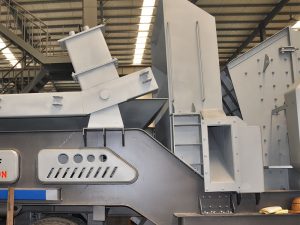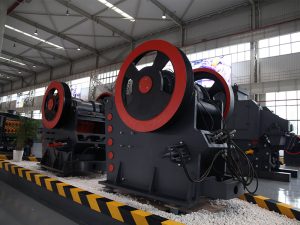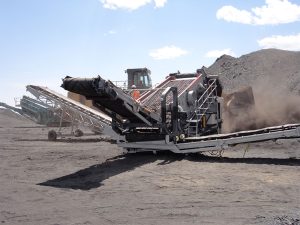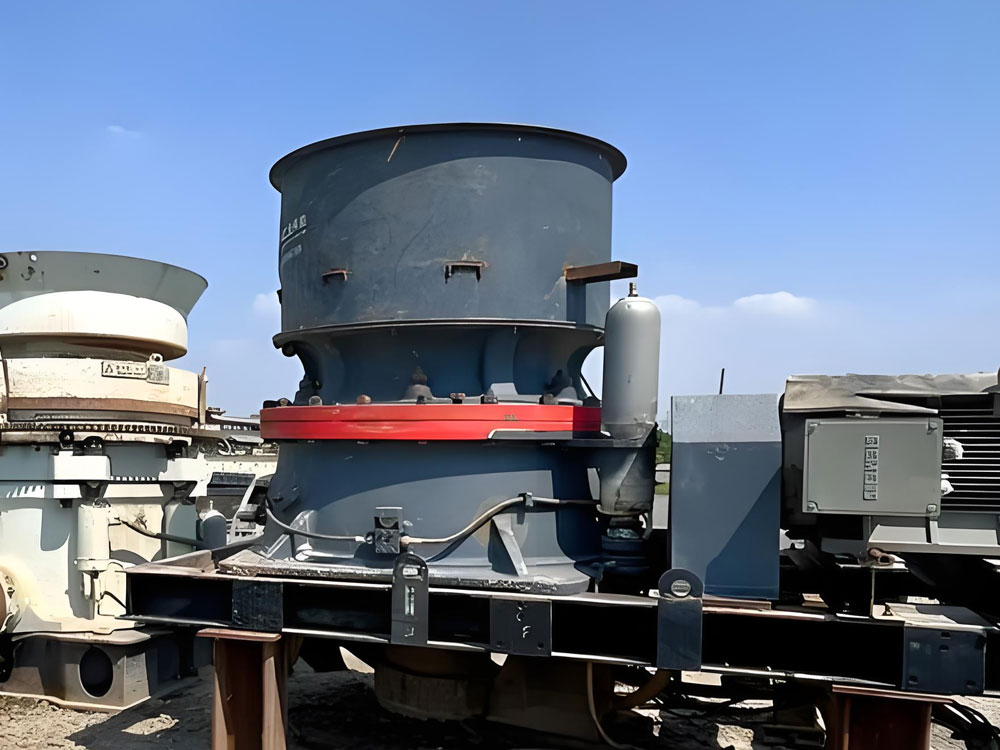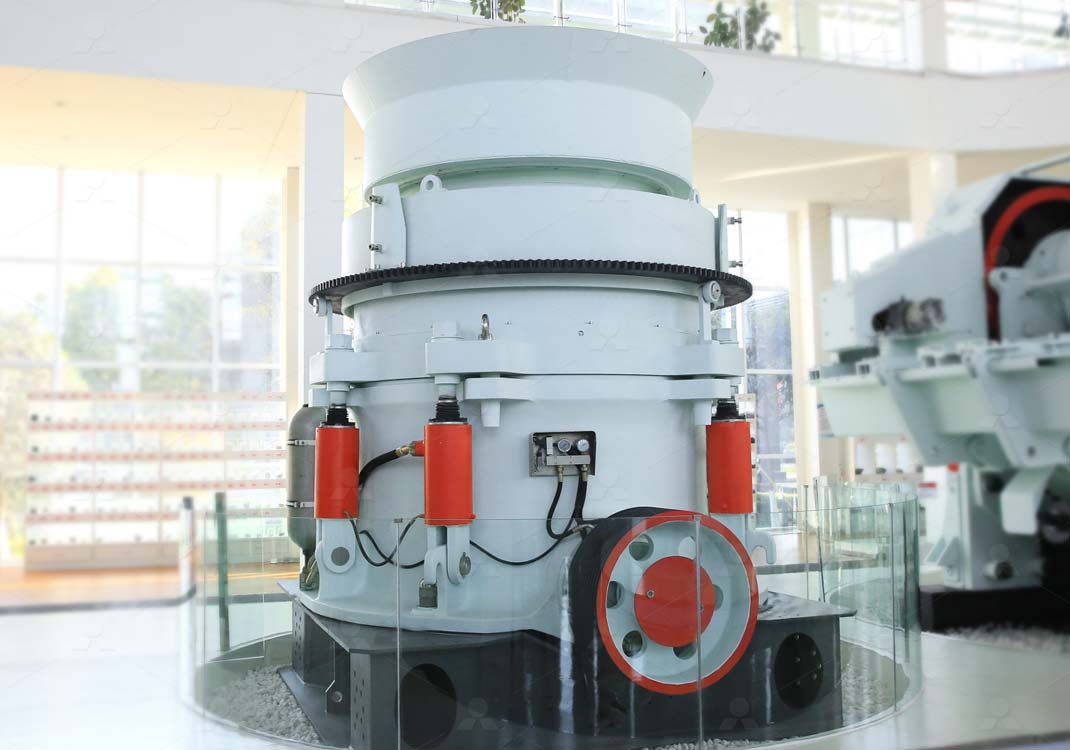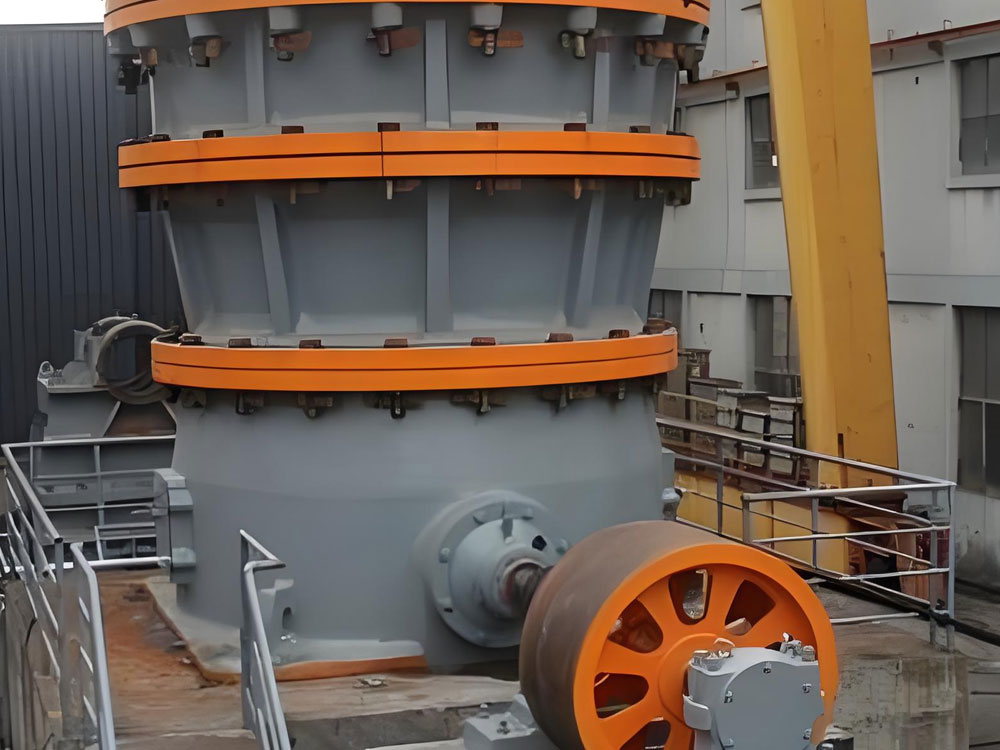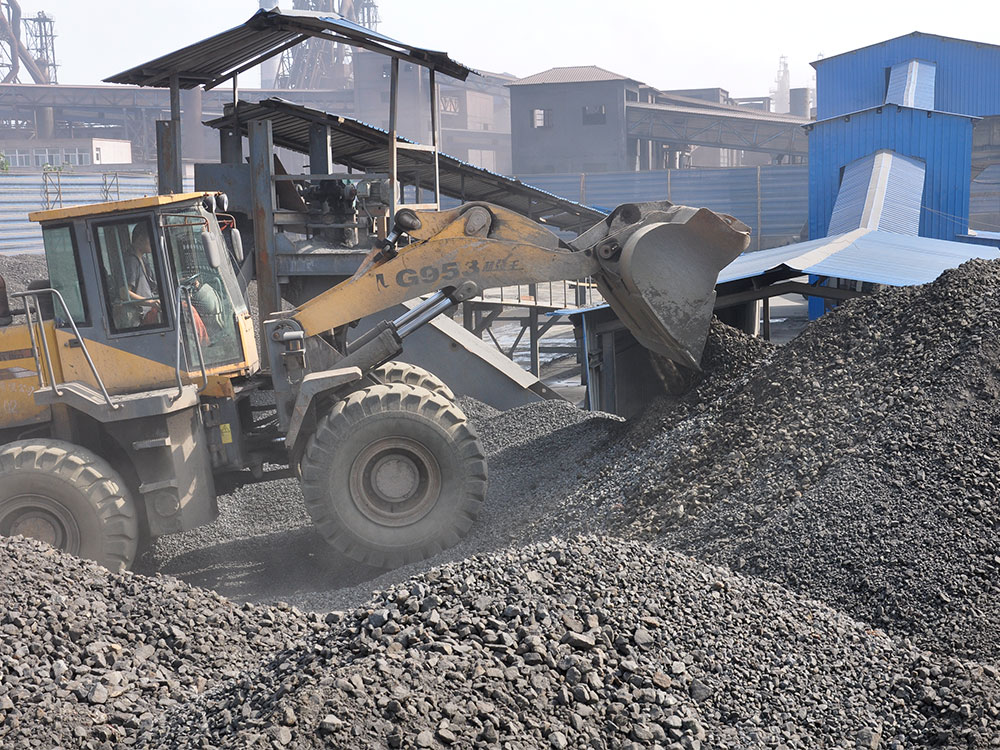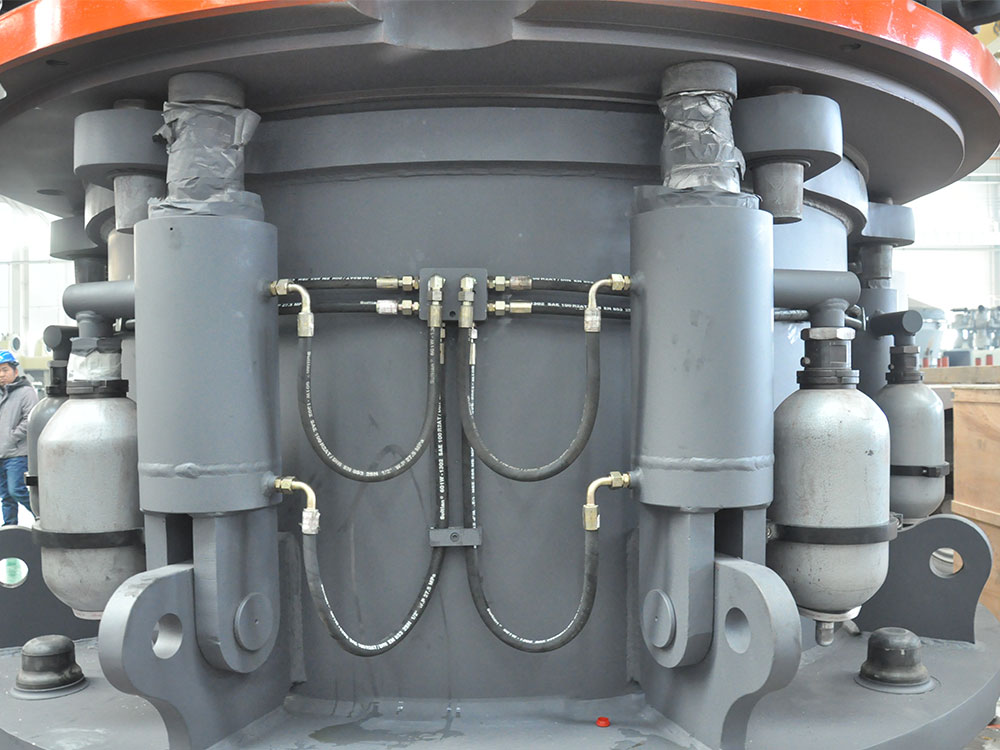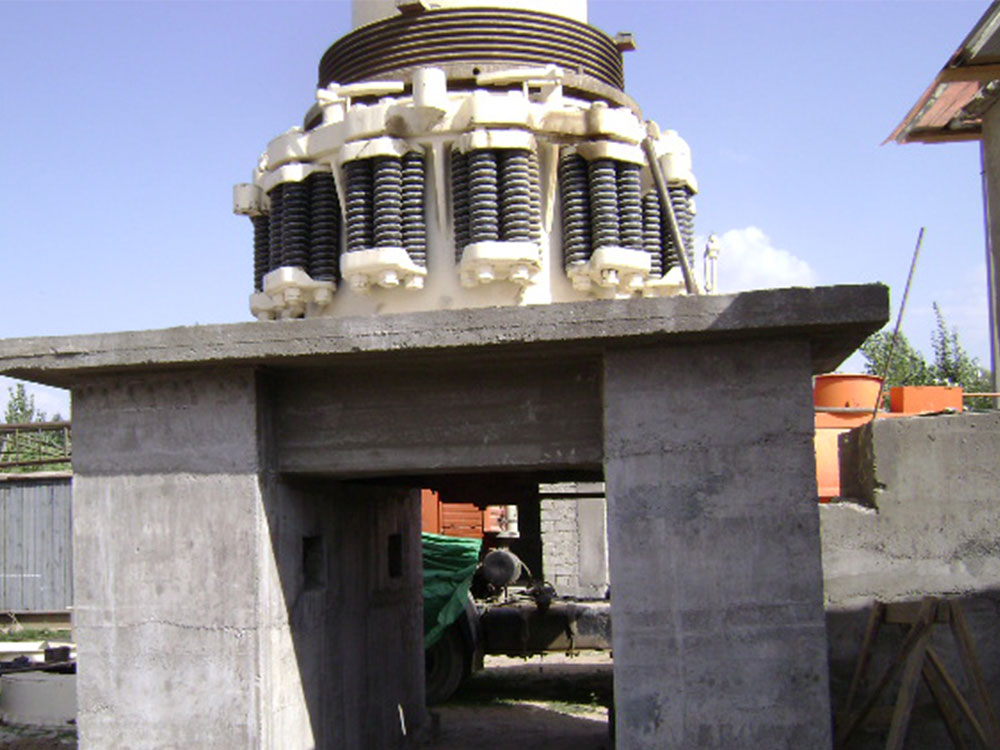Cone crusher is the core equipment for medium and fine crushing in mining, building materials, metallurgy and other industries. It crushes the material to the target particle size through the extrusion and lamination crushing principle between the moving cone and the fixed cone. According to the design differences of the hydraulic system, cone crushers are mainly divided into two categories: single-cylinder hydraulic cone crusher and multi-cylinder hydraulic cone crusher. Although the two have similar functions, there are significant differences in structural design, applicable scenarios, maintenance costs, etc. This article will comprehensively analyze the differences between the two from the dimensions of technical principles, performance comparison, selection recommendations and operating specifications, and provide key precautions in actual work.
Structural design comparison of single-cylinder and multi-cylinder cone crushers
Single-cylinder hydraulic cone crusher
Core structure: It consists of an upper frame, a lower frame, a moving cone assembly (the main shaft and the moving cone are integrated), a single hydraulic cylinder, an eccentric sleeve and transmission components.
Power transmission: The motor drives the transmission shaft through a pulley, drives the eccentric sleeve to rotate, and forces the moving cone to do a swinging motion; the hydraulic cylinder is located at the bottom of the equipment, and has the functions of supporting and adjusting the discharge port.
Force characteristics: The main shaft is supported by a bowl-shaped tile, the frame mainly bears tensile stress, and the structure is simple and compact.
Multi-cylinder hydraulic cone crusher Core structure: A hydraulic locking system composed of a support sleeve, an adjustment ring, and multiple hydraulic cylinders. The main shaft is short and thick and directly fixed to the frame. The moving cone and the main shaft adopt a split design.
Power transmission: The eccentric sleeve drives the moving cone to swing, and the hydraulic cylinders are distributed around the frame to provide higher crushing force; the adjustment ring is raised and lowered by the hydraulic cylinder to adjust the discharge port.
Force characteristics: The frame is more balanced in force (mixed tensile and compressive stresses) and has stronger impact resistance.
In terms of applicable scenarios, the single-cylinder model is suitable for medium crushing or processing low-abrasive materials (such as limestone and coal gangue), especially in production lines that require high throughput. The multi-cylinder model is specially designed for fine crushing of high-hard materials (such as metal ores and basalt). The laminated crushing increases the yield rate and reduces the subsequent grinding energy consumption.
Work precautions and operating specifications
1. Key considerations before equipment selection
Material characteristics:
Materials with high hardness and abrasiveness (such as iron ore) are preferred to multi-cylinder models; soft rocks or materials with high mud content are preferred to single-cylinder models.
Case: After a granite quarry adopted a multi-cylinder cone crusher, the fine crushing efficiency increased by 30%, but it was more economical to use a single-cylinder model for the limestone production line.
Production requirements:
The medium crushing link focuses on the throughput, and the fine crushing link pursues the yield. The equipment type needs to be matched according to the process flow.
2. Core operating specifications in operation
Inspection before starting
Hydraulic system: Confirm that the oil level and oil pressure are normal. The single cylinder needs to check the sealing of the bottom hydraulic cylinder, and the multi-cylinder needs to test the synchronization of each cylinder.
Lubrication system: The lubricating oil of the single-cylinder model needs to cover the spherical bearing at the lower end of the main shaft, and the multi-cylinder model needs to ensure that the internal and external oil circuits of the eccentric sleeve are unobstructed.
Key points for operation monitoring
Current and load: Abnormal increase in current may indicate overload or material blockage (single cylinder can be depressurized by hydraulic system, and multi-cylinder needs to trigger hydraulic insurance).
Vibration and noise: Abnormal vibration requires stopping the machine to check the wear of the spindle eccentric sleeve or loose lining.
Discharge port adjustment operation
Single cylinder model: The clearance is adjusted by lifting the moving cone assembly through the hydraulic cylinder, and it needs to be manually locked after stopping.
Multi-cylinder model: The hydraulic system links the adjustment ring to lift and lower, and supports dynamic fine-tuning.
3. Maintenance and troubleshooting guide
Typical faults and solutions
Iron jam machine :
Single cylinder: Manual cavity clearing is required after the accumulator is depressurized;
Multi-cylinder: The hydraulic insurance is automatically released, and the position of the adjustment ring needs to be checked after resetting.
Oil temperature is too high:
Check the efficiency of the cooler (multi-cylinder models are more prone to heat due to the complex oil circuit).
Future development trends and selection suggestions
Technology upgrade direction:
Single-cylinder models tend to be intelligently adjusted (such as automatic cavity cleaning function);
Multi-cylinder models optimize energy consumption and develop modular design to reduce maintenance difficulty.
Selection summary:
Priority for cost performance: Single-cylinder models are recommended for small and medium-sized production lines or processing soft rocks;
High-hardness materials: Multi-cylinder models are required for fine crushing operations in large mines.
The choice between single-cylinder and multi-cylinder cone crushers is essentially a balance between crushing force, efficiency and cost. Understanding their structural differences and applicable scenarios, combined with standardized operation and meticulous maintenance, can significantly improve equipment life and production efficiency. In the future, with the advancement of hydraulic technology, the two types of models will further complement each other and provide users with more flexible solutions.


